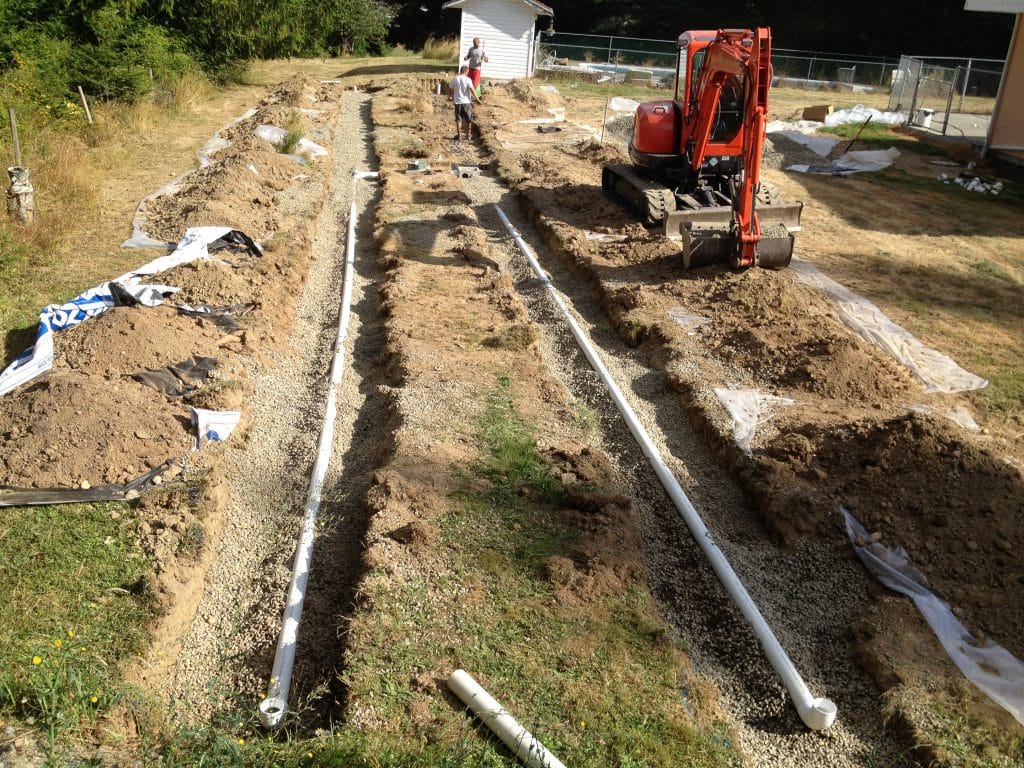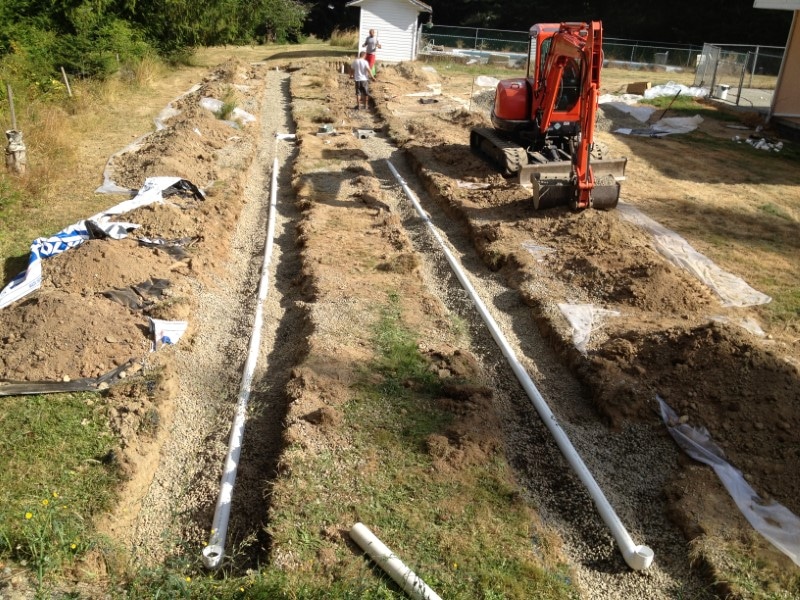
The septic system needs to function smoothly every moment of every single day. It has to continuously treat the wastewater that your household produces. It is specifically designed to accommodate the specific number of household members. If you plan to increase the number of people in your home, you have to consider modifying the size of the system. If the septic system’s capacity is not enough, it is prone to failure.
To make sure that you continue to have a reliable drain field, you have to subject your drain field to a regular drain field preventive maintenance. Preventive maintenance aims to prevent the failure or malfunction of the drain field and to maintain its optimal condition. You should talk to your septic expert about this because preventive maintenance should be done according to proper procedure. Here are what basically happens:
1. Suggested methods
Proper scheduling of preventive maintenance should me set with your septic system expert. You could help in the preventive maintenance by properly using the sinks, drain, and toilets. You should never dump paper, grease, napkins, cat litter, non-biodegradable substances, paint, food scrapings, and trash into the system. Color safe oxygen bleach should be used more often and chlorine bleach should be avoided. Laundry loads should be divided within the week instead of once. The pipes and other fixtures should be replaced or fixed.
2. Annual Inspections
Inspections should be performed on your drain field by your septic expert on a yearly basis. During each inspection, the following are assessed:
a) Damages that the components may have acquired already.
b) Compaction of the drain field caused by the heavy weight of the vehicles or any form of construction.
c) Shrubs or trees planted over the drain field. Their roots may already be penetrating the drain field.
d) Indicators of the drain field’s inability to take in or hold water (soggy lawn, septic smells, and pooling
e) Measurement of the depth of the sludge
3. Proper treatments
There are several treatments that should be given to the drain field:
a) There are activator treatments that should be given to the drain field to bring the bacterial population back to normal.
b) The porosity restorers bring the efficiency of the drain field back to normal.
c) Maintainers break down the grease and detergents, enhance the bacterial activity, stop the septic smells, and protect the drains as well.
The septic expert should be coordinated with if you want a systematic flow of preventive maintenance. You could talk to him about the various products that should be used to fully benefit the drain field and the surrounding environment. It is advisable to make use of biological products that do not leave any harm on your system and the water supply system in your area.
It is really a must for homeowners to give their drain field preventive maintenance. By practicing this, you can be sure that the drain field and the entire septic system will be able to serve our household for decades to come.
